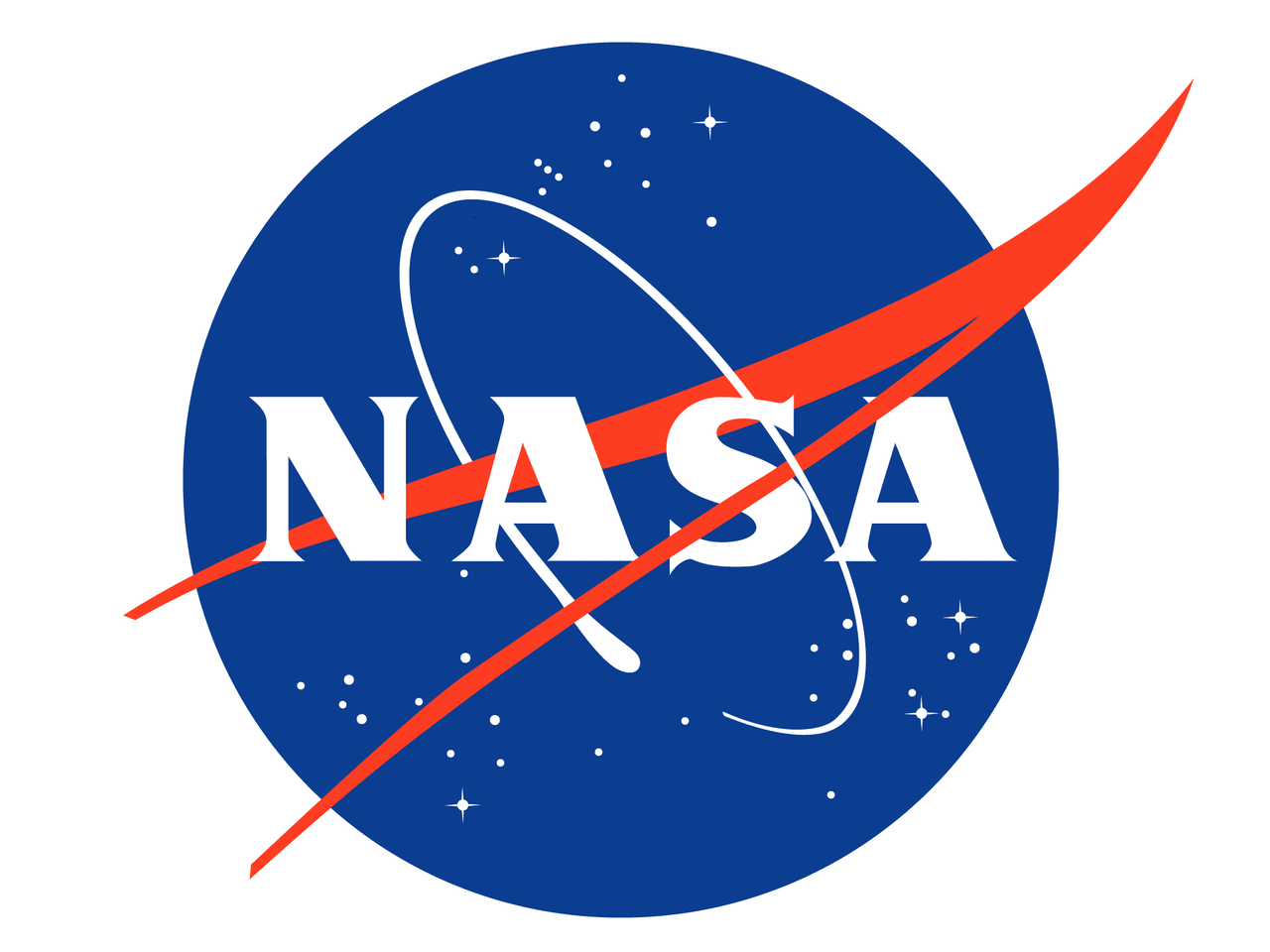Everything You Need to Know About the NASA TechRise Student Challenge for Middle School Students
As a middle school student passionate about STEM, discovering a competition that sparks your creativity while allowing you to design and test real-world experiments is a rare find. The NASA TechRise Student Challenge provides exactly that — a unique opportunity to create and test your experiment as part of a commercial flight mission. Supported by NASA's knowledge and resources, this program enhances your resume and expands your understanding of STEM concepts in the aerospace industry.
Participating in the TechRise Challenge offers hands-on exposure to real-world problem-solving, encouraging innovation and sharpening critical thinking skills that will prove invaluable in future academic and career endeavors. Note that the following information is based on the most recent program, with dates subject to change but generally similar from year to year.
What is the NASA TechRise Student Challenge?
The NASA TechRise Student Challenge is an annual competition aimed at sparking curiosity and innovation in middle and high school students by challenging them to design science and technology experiments for flight testing on high-altitude balloons. Open to students in grades 6 through 12 from public, private, and charter schools in the U.S., the challenge provides a hands-on opportunity to explore concepts in space and atmospheric science. Participants collaborate in teams, under the guidance of an educator, to create unique experiment proposals that can be tested in Earth's stratosphere, at altitudes of up to 95,000 feet. The challenge not only promotes STEM learning but also encourages students to think creatively about real-world space exploration challenges.
Winning teams receive $1,500 to build their experiment, along with a flight box and the opportunity to launch their creation on a NASA-sponsored flight. Throughout the process, students will work with expert engineers and scientists, learning valuable skills in coding, electronics, and experiment design. By the end of the program, participants will have gained experience in project management, problem-solving, and teamwork, making it a comprehensive educational opportunity for aspiring young scientists and engineers.
Is it prestigious?
The TechRise Challenge stands out not only because of its strong affiliation with NASA but also due to its highly selective nature and the unique learning experiences it offers. Each year, out of numerous entries, only 60 teams are selected to design and launch their experiments, chosen based on the creativity and scientific significance of their proposals.
Winning teams gain access to funding and resources that allow them to turn their concepts into reality, offering an immersive, hands-on learning experience. Previous experiments have explored fascinating topics such as the movement of ferrofluid in microgravity, cosmic ray impacts on plant seeds, infrasound waves, and polymer material analysis—subjects rarely explored in standard high school labs.
Ultimately, the TechRise Challenge is renowned both for its association with NASA and the invaluable opportunity it offers students to engage with advanced scientific ideas, practical resources, and real-world challenges.
What are the eligibility guidelines?
To take part in the NASA TechRise Student Challenge, you need to meet the following requirements:
Be a student in grades 6 through 12.
Be enrolled in a U.S. public, private, or charter school.
Form a team with at least three other students from your school (team members can be from different grades, as long as they all attend the same school).
Have an adult mentor from your school serve as the Team Lead.
No previous experience is necessary to join, and there is no fee to participate.
What is the structure of the program? What can I expect?
The TechRise Challenge follows a structured process that includes several key steps:
Step 1: Forming a Team
Starting in August, teams consisting of four students and a designated team lead (a teacher or school employee) must register on the Future Engineers website to enter the TechRise Challenge. Entries are accepted till November 1
Step 2: Reviewing Guidelines
Teams are required to carefully go over the proposal template and rules provided by NASA. The team lead should also familiarize themselves with the educator guide. Understanding these documents is crucial since the experiments must adhere to specific material, space, and weight constraints to fit within the selected platform. NASA provides additional support through educator workshops in August and September, and a virtual field trip for participating teams.
Step 3: Choosing a Platform
Teams will select between two experiment platforms:
High-Altitude Balloon: Offers about four hours of flight at 70,000 feet, exposing experiments to atmospheric and radiation conditions at high altitude, along with expansive views of Earth
Rocket-Powered Lander: Simulates a 120-second flight over a test area designed to resemble the lunar surface, reaching heights of approximately 80 feet.
Each platform presents its own design and operational challenges, so teams must carefully review the associated guidelines to determine the best fit for their project.
Step 4: Planning the Experiment
After selecting a platform, teams will design their experiments using resources provided by Future Engineers, including brainstorm worksheets and design slides. This stage is all about crafting a clear experiment concept that meets the challenge's criteria and goals.
Step 5: Proposal Submission
Proposals must be submitted by the team lead, answering essential questions like the experiment’s idea, its operation, required components, and the broader impact of the project.
Step 6: Selection of Winning Teams
In January, 60 teams (30 per platform) will be chosen as winners. Each winning team will receive:
$1,500 to fund their experiment.
A designated flight box for constructing the experiment.
A test spot on either the high-altitude balloon or rocket-powered lander.
Technical support will be provided throughout the build phase.
Step 7: Building and Submitting the Experiment
Between January and May, winning teams will construct their experiments, with regular guidance from the TechRise advisory team. Completed experiments must be mailed in by the deadline for launch testing in the summer.
This challenge provides students with an incredible opportunity to engage in hands-on scientific research and collaborate with NASA on real-world engineering and science challenges.
What are some of the pros and cons of participating in the TechRise Student Challenge?
Pros:
Immersive, hands-on learning: Participants gain practical experience conducting real-world scientific research and engineering tasks, offering a deeper comprehension of STEM principles through direct application. This challenge isn't hypothetical—it involves creating a genuine engineering design for an actual flight test.
Insight into aerospace engineering: Students work alongside experienced engineers and designers, addressing real-life challenges commonly faced by aerospace professionals.
Notable association with NASA: Being part of the NASA TechRise Challenge adds significant credibility to a student's academic profile, potentially enhancing college applications with a prestigious affiliation.
No financial barriers: The challenge is entirely free to enter, with no prerequisites. Moreover, selected teams receive funding to develop their experiments, making it accessible to all students regardless of prior experience.
Cons:
High time investment: The project demands a considerable amount of time and dedication, from the initial planning stages through to completion. Balancing this with school and extracurricular activities could pose a challenge.
Tough competition: The challenge is highly selective, with only 60 teams chosen from hundreds of applicants. This can make the odds of participating quite competitive, which may be discouraging for some students.
Our Review: Is it worth it?
The NASA TechRise Student Challenge is an exceptional opportunity tailored for middle and high school students who are enthusiastic about STEM, particularly aerospace. This program allows participants to tackle real-world challenges under NASA's mentorship, offering invaluable educational experiences that can build a strong foundation for success in future STEM careers. With no entry fee and a wealth of provided resources, the challenge is a prestigious and one-of-a-kind chance that can greatly elevate your academic and professional path.
If you’re looking to build a project/research paper in the field of AI & ML, consider applying to Veritas AI!
Veritas AI is founded by Harvard graduate students. Through the programs, you get a chance to work 1:1 with mentors from universities like Harvard, Stanford, MIT, and more to create unique, personalized projects. In the past year, we had over 1000 students learn AI & ML with us. You can apply here!
Image Source - NASA Logo

